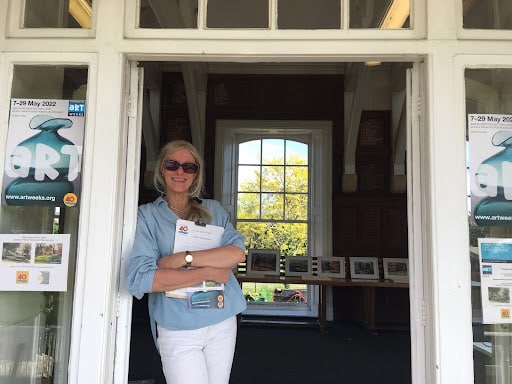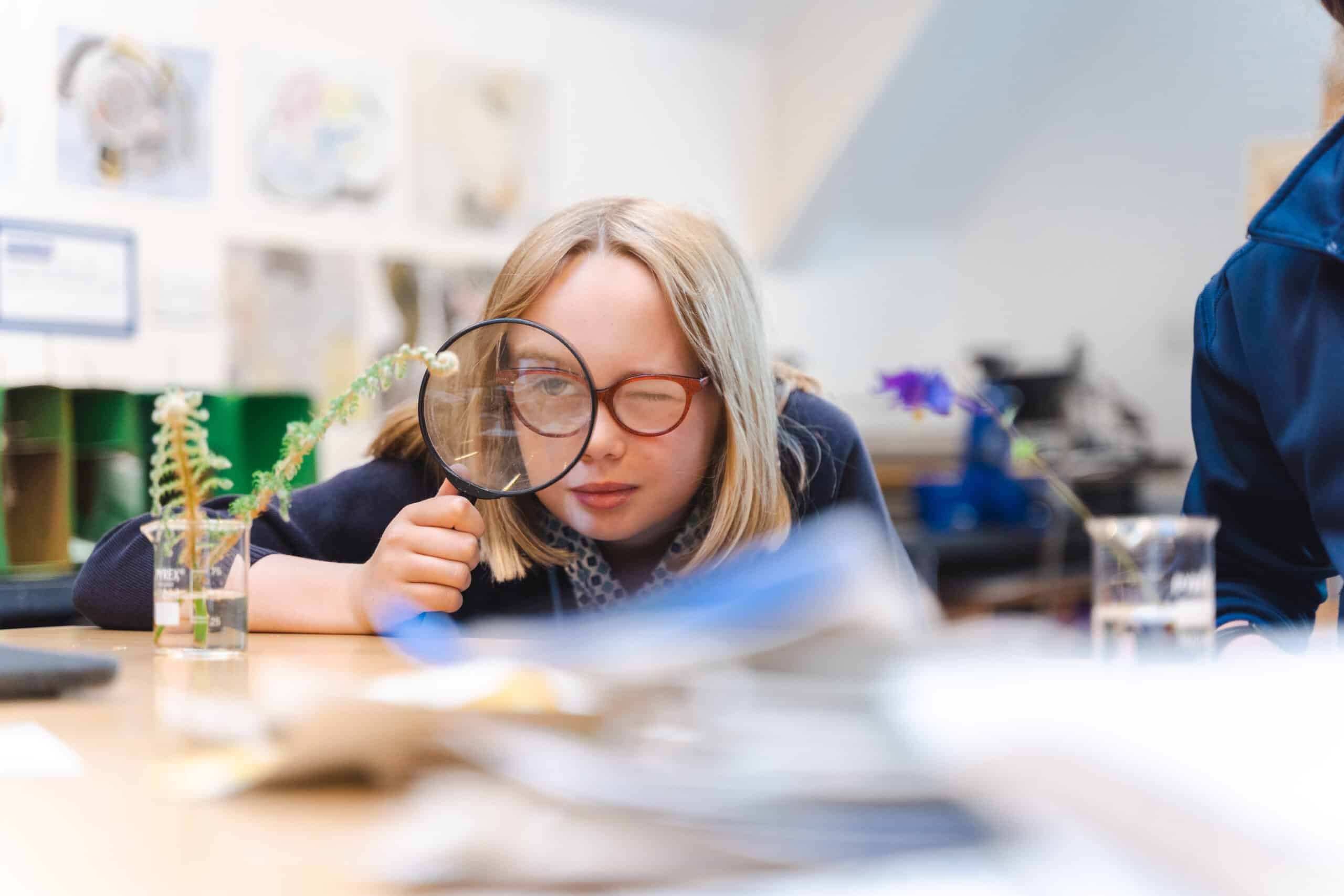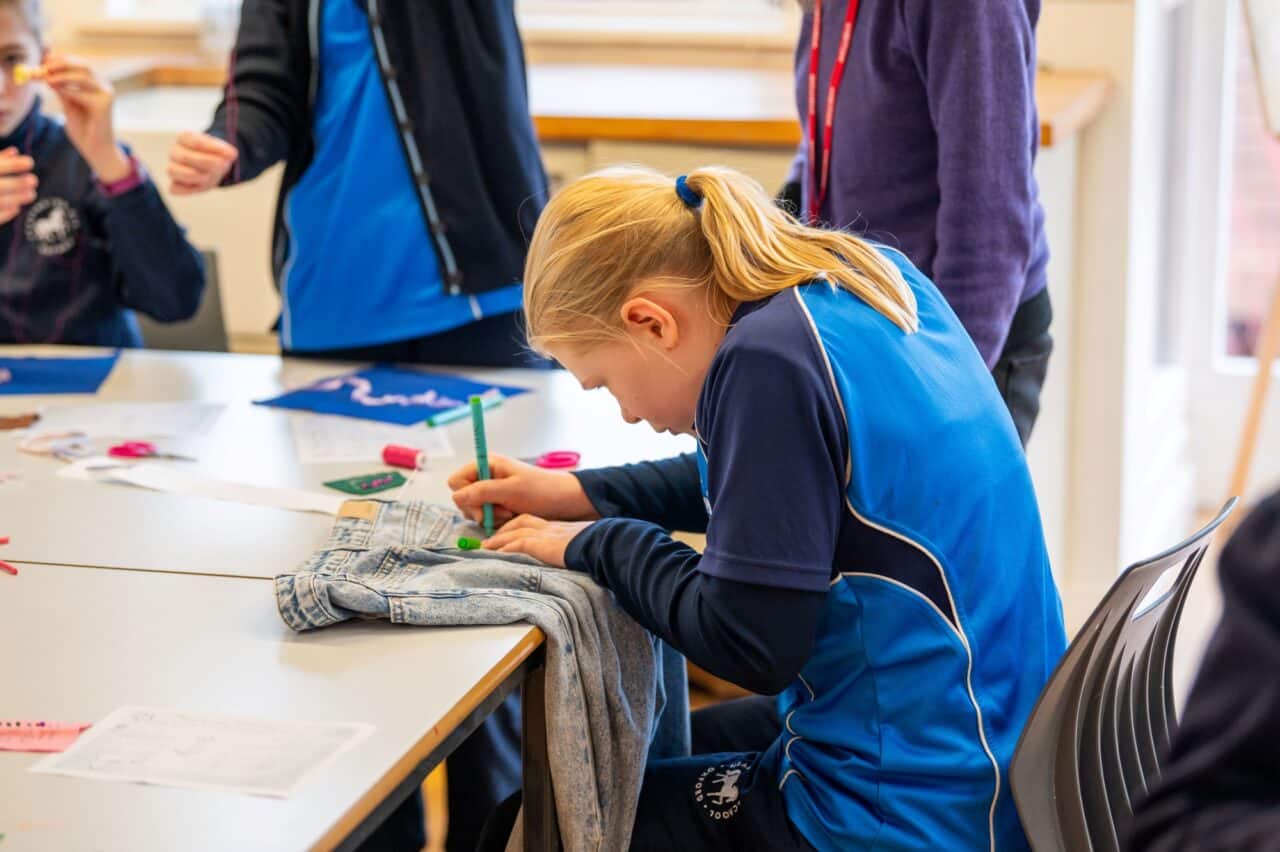Symbiosis: reflections on Biology, Natural History and Art
As a part-time teacher, my students are often curious about what I do when I am not in the biology labs in school. They are often surprised to learn that I also work as an artist, specialising in the drawing of trees and natural history objects. Conversely, people meeting me in this capacity are sometimes disconcerted to hear that I am also a teacher of Biology – or ‘Science’ as most immediately resort to.
The idea that academic subjects, areas of expertise or interest exist as discrete entities with formal and rigid divisions between ‘arts’ and ‘sciences’ which are hard or even inadvisable to bridge seems to be one that is still alive and well. This culturally ingrained but unhelpful way of thinking can easily prevent us from seeing the ways in which apparently disparate knowledge and skills can be combined to great effect within and beyond the academic sphere.
Such ideas of interdisciplinary, flexibility and creativity are often at the forefront of discussions about future career and study options. In recent years, they have also underpinned the rationale behind the proposed GCSE in Natural History. This qualification, now under development, aims to develop better understanding of the relationship between the natural world, culture, policy decisions, scientific research and technology’ (2) with a view to greater ‘nature-literacy’ and improved capacity for sustainable futures.
In my own work I recognise, very clearly, an important form of symbiosis with my roles as biologist and artist informing and reinforcing each other. Whilst biological knowledge can direct my ‘reading’ of the environment and allow understanding of natural forms as I draw, it is the act of drawing which allows me to observe these forms more closely and to generate questions which can only be answered through investigating the biology behind the phenomena. In this way the shape and form of a tree, a feather or an insect becomes a sort of biological puzzle, a product of evolutionary history, ecological opportunity and environmental insults experienced. Cultural, historical, social and economic factors add further dimensions to the understanding and appreciation of species in both natural and human-influenced environments.
As my students will hopefully appreciate, the ‘Animal of the Day’ or ‘Plant of the Day’, a mainstay of my Biology lessons, is intended to encourage this kind of holistic and interdisciplinary thinking, questioning and learning. In some ways this is a rather ‘old fashioned’ type of Biology, not specifically found in any modern GCSE or A Level units. Yet in other ways, with the resurgence of interest in Natural History and environmental awareness, this can be seen as an exciting way of engaging with the subject.
In recent years, I have been keen to develop greater links between Biology, Natural History and Art through community and school-based projects. In doing so I am hoping to foster the kind of interdisciplinary practices which I find so exciting, as well as to simply encourage people of all ages to look more closely at the environment around them. John Ruskin, inspirational artist, critic, social reformer and educator, explained in a letter in 1841 that continued observational drawing of everyday objects from the natural world led him to the point where ‘there is not a twig in the closest-clipped hedge that grows, that I cannot admire, and wonder at, and take pleasure in, and learn from’ (3).
The Natural History Drawing Club, running at lunchtimes throughout the year, provides an opportunity for Headington students to do this. A changing selection of objects from the natural world, including skulls, shells, twigs, feathers and fungi, encourages discussion about the biology of the objects as well as consideration of the best materials and ways of representing them on paper.
In a particularly enjoyable session, lichen-covered twigs which I had collected on a trip to the ‘Atlantic Rainforests’ of the Helford Estuary (4) formed the basis of observation and discussion. The lichens, truly symbiotic associations between fungi and algae, are striking examples of relatively unknown ecological relationships whilst the intricate shapes, forms and colours of these organisms viewed close-up provide unusual inspiration for the artist.
Direct observation and experience, so important in the process of scientific enquiry, also tends to be the driving force behind creative projects. In the winter of 2021, I was involved in the ambitious HOPE entomology project at the Oxford University Museum of Natural History, re-pinning a million British insect specimens from the research collections (5). Working in the now restored Westwood Room, where Oxford’s first professor of Entomology studied and drew insect specimens, I was inspired by the extraordinary attention to detail in the original collecting, cataloguing and preservation of the specimens.
Having created a series of artworks based on insect taxonomy and nomenclature for display at various community events, I decided to establish an insect-based project at Headington. In the summer of 2022, to coincide with British Insect week, our Biology students drew and researched a small fraction of the 27,000 native species, considering aspects of their biology and ecology as well as their cultural and economic significance. The resulting entomology-style display, complete with pins and museum-style labels has been a much enjoyed feature of the Biology Department corridor.
This year, with Sir David Attenborough’s ‘Wild Isles’ documentary series (6) urging us to look afresh at the nature on our doorstep, I decided that a focus on the diversity of British plant species was in order. Between the Biology and Art departments and with inspirational displays in the library, work has been underway to encourage every student in both prep and senior schools to make a postcard-sized drawing of one native plant species from a live specimen. Primarily intended as an exercise in observation rather than a designated Art or Science project, this has kept teachers and technicians busy collecting fresh specimens and along the way appreciating just how many species can be packed into an area of hedgerow, verge or overgrown corner of the garden. Now on display in the Hive Gallery and Foyer, the hundreds of drawings reflect not only the local biodiversity and seasonal changes across the Summer Term but also the unique and individual response of each student.
Meanwhile, Oxfordshire wildlife has been the theme of a similar art-nature outreach project which I have run at Windmill Primary School this term. Using my own collection of natural history objects and materials from Headington, the Year 4 cohort have created a series of fantastic observational drawings for their own whole-school art exhibition.
If, as a result of these opportunities, a few of our young people can recognise, name or appreciate a few more of our native species I shall consider it a success.
References
Dixon Hunt, J (2020) The Art of Ruskin and the Spirit of Place. Reaktion Books
http://ruskin.ashmolean.org/collection/9006/9037/9358 Letter to Edward Clayton, 1841 (exhibit 21.210)





